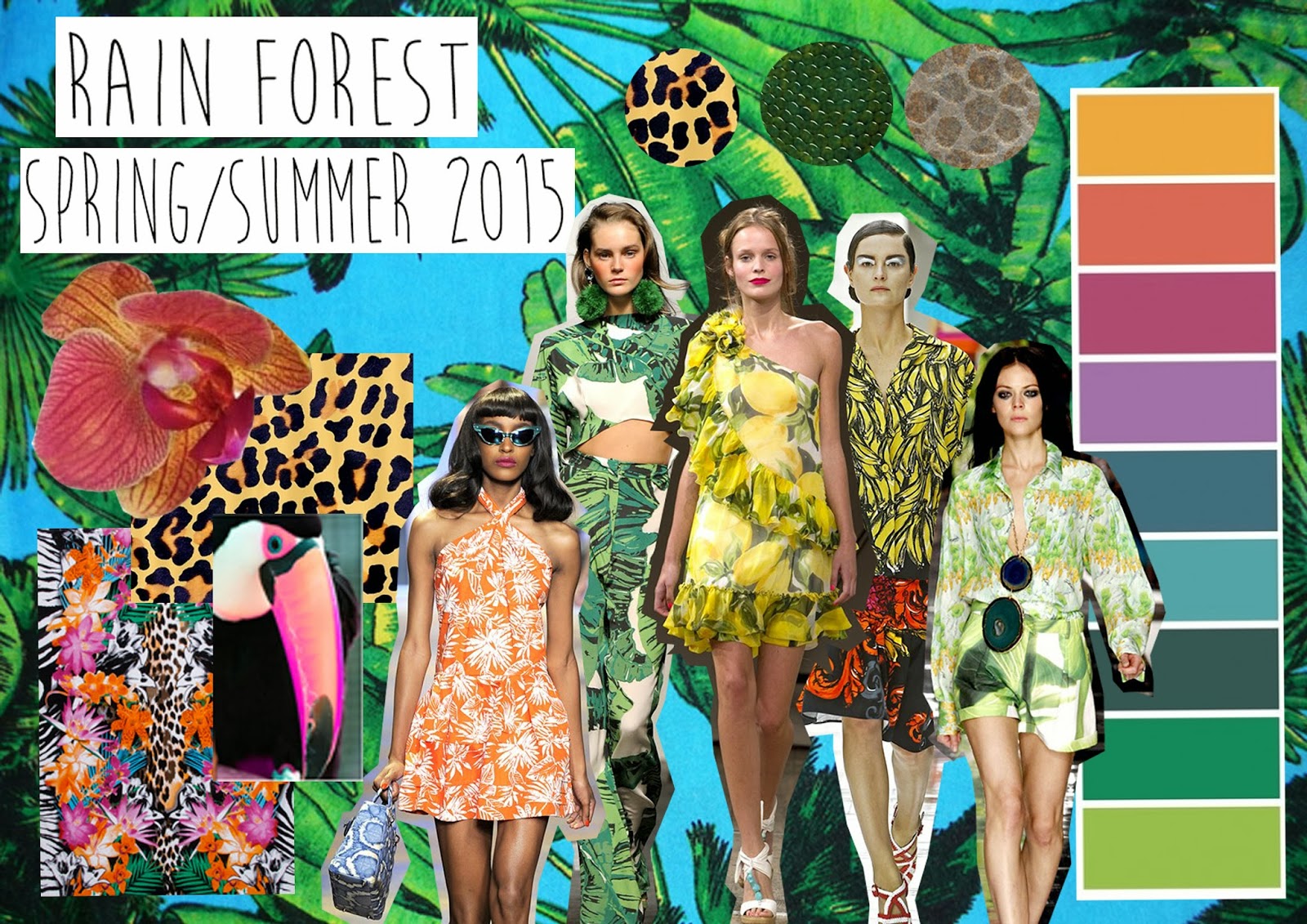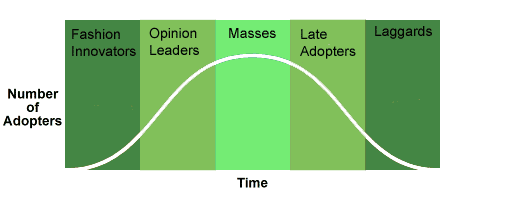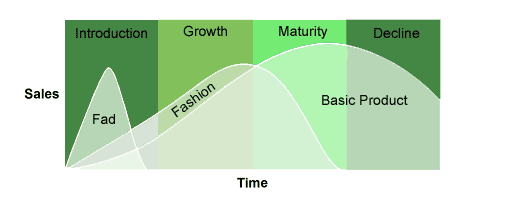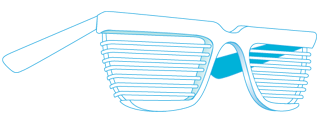What is Branding?: Branding is a name,sign,symbol, colour or design that represents and company or product and has meaning to a customer.
Brand image/Identity: is a visual image of the brand and a summery of the experience in with you would expect from a respectable brand.
How do brands work?: Brands focus on consumer loyalty and guard against competition, They use their logo whenever possible; e.g, on coffee cups and sponsors, this is free advertising. Having a respectable brand allows the consumer to shop with confidence and is guaranteed a good level of quality,service and product satisfaction. If a brand fails in any or more of these areas the brand identity allows the consumer to avoid it in the future.
The Brand I have chosen to work on is Max Factor. I will be looking at the past and present within the brand. Looking at the development of change over the years.
I then, will be looking toward the future and predicting what branding will be like years from now.
Click here to see 'The Max Factor Story'
History Of Max Factor:
In 1914 Max Factor created the first cosmetic made specifically for motion pictures. It was a form of thin greasepaint.
In 1920 he developed the 'Colour Harmony' principles of makeup, which held a 'certain combination of a woman's complexion, hair and eye colouring were most effectively complemented by specific makeup shades.
Then, in 1930 Max Factor created a lip gloss called the 'Lip Pomade'
In 1935 he then produced 'Pan Cake' which was the first commercially available foundation.
In 1947 he then created the 'Pan Stik' which was touch-up stick
In 1953,1952 and 1958 he created the 'Creme Puff' which was the first creme based powder, the 'Erace' which was the first concealer stick to buy off the shelf and the 'Wand Mascara'.
Then, in 1989 he developed the 'Calorie Mascara' which is a timeless and iconic mascara, more communally known as the ' 2000 Calorie Mascara'.
In 2001 a long wear lip stick called 'Infinity', Now known as 'Lipfinity Lipstick' was created.
and in 2009 the 'False Lash Effect Mascara' was created to 'Take lash volume to another level'.
Marketing History Of Max Factor:
Max Factor is a brand with a strong heritage 'rooted' in makeup artistry. Mr Max Factor founded his company in 1909 and was a Russian man who made a name for himself as 'Golden Hollywood's leading make-up artist'. He created looks for some of the 20th century's biggest screen icons such as Ava Garder, but his passion didn't stop with celebrities. Max Factor began making innovative products that the ever day woman could wear. By 1914 he had perfected his first cosmetic product and in major achievement to his credit Max Factor became the authority on cosmetics in film making. Soon movie stars were eager to try the product. This is were his ';fame' really took off.
The Future: The opinion I have on the future of make up that is make up may improve its formulas which may allow make up last even longer and may even have anti-ageing propitiates. As well as make up brushes becoming flat making application easier. In the far future, make up could be lazed on making make up semi-permanent or even permanent.



































